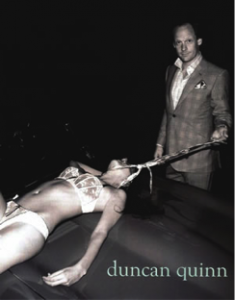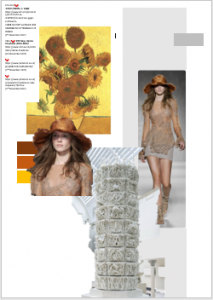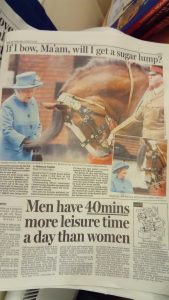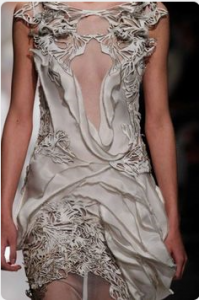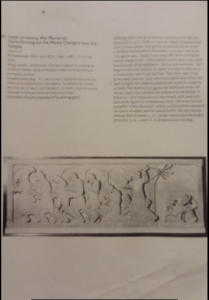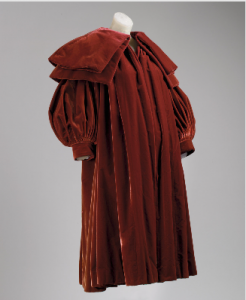Throughout the duration of the ‘Research and Communication Skills’ I have aimed to become more diligent to maintain a constructed and accurate timetable to complete each task; some tasks have been more engaging than others. However, they have all been very beneficial and I feel as though I have learnt valuable skills, which will aid me in the future.
The combination of both the Communication project and the portfolio has been a nice balance and has influenced my work throughout the continuing fashion-based projects. It has also made me reconsider how I view fashion. Particularly the latest task, the involvement of ‘Ethical Issues’ has transformed the depiction of women and how the world sees them as a sexual conquest and nothing more than a glass frame. This has made me more aware of the issues that we face as a generation and society, so perverse by sexual desires that there is no modesty.
Other involvements which are more analytical such as Harvard referencing have contributed to my other projects and have encouraged referencing throughout my sketchbooks and research files. Learning to range my sources of research was very important as usually I would dedicate my findings to the Internet, although discovering the use of the library and how important it is to find useful facts that are professionally checked and valid was very difficult online in comparison.
Another form of research which I have realised is difficult to work with is primary research, there is a noticeable lack within my work and I have tried to act on this and involve much more through visiting local areas. I intend to research more, I feel that the reason I cannot develop further in many of my projects is because of the lack of this, there is limited first-hand research. To resolve this, I could take photographs and even complete basic drawing.
The task of ‘Reflective Writing in Fashion and Textiles’ was surprisingly easy to write about as usually I have trouble reading books and incorporating several quotes in any written essay. However, in reflection through the preparation that went beforehand with many of the other essays I found the work easier. In some way they were like a warm up to the later essays which I have written.
The most challenging task for me was the ‘Visual Research’, I constantly feared that I wasn’t doing the task correctly by selecting Vincent van Gough one of the artists from my mood board. My main concerns were whether I had written enough or not; word counts slowly became an obsession which has gradually made me work lack in quality. In many ways the essay became almost a biography of Van Gough’s life. Although I believe that this has slowly sorted itself within the work.
The modules have been very beneficial and have supported my additional work outside the classes. I found every element enjoyable and would recommend continuing this through to the future years of this course – learning Harvard Referencing has been particularly useful, and I eagerly look forward to continuing this in the following semester.

